The great war reimagined in new art exhibition
Artists take on the Western Front and I see the sacrifices of my grandfathers.
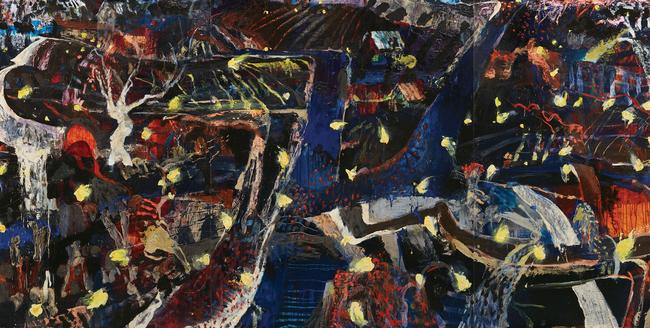
When I was a child, both world wars were much closer than they are today. There were still thousands of living veterans of the Great War, who were then only in their late 60s or early 70s. And the younger generation that had taken part in World War II and survived was, for the most part, in the prime of life; they were, in fact, my parents’ age.
Both my grandfathers were in the first war. Arthur Samuel Allen (1894-1959), my paternal grandfather, had joined the new Australian Army before the war and was commissioned in 1913. In 1915, he was sent to Egypt; and in 1916, now a captain, he was on the Western Front. He led his men under German bombardment at Pozieres in August. He was awarded the Distinguished Service Order for his courage and leadership at the battle of Messines in the summer of 1917 and was promoted to major, commanding the 45th Battalion at Dernancourt; promoted again to lieutenant colonel at 24, he led the 48th Battalion during the attempt to take Monument Wood near Villers-Bretonneux.
Between the wars, Arthur, known affectionately to his men as Tubby, was a partner in an accountancy firm but remained in the army reserve, where he rose to the rank of brigadier. At the outbreak of World War II, he took the first Australian troops to North Africa, fighting the Italians and Germans there, and then the Germans in Greece, before leading the 7th Division to defeat the Vichy French in Syria. Promoted to major general, he then was recalled to take command of the battle against the Japanese on the Kokoda Track.
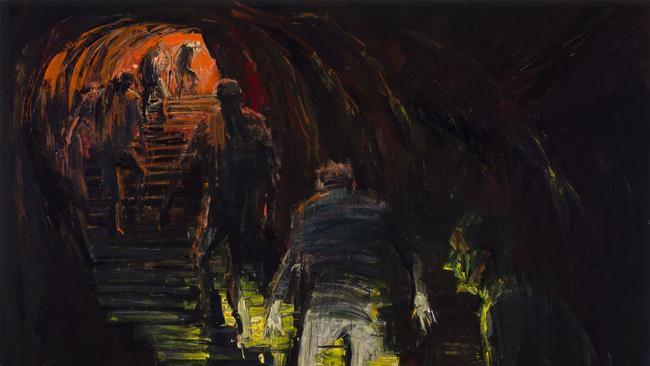
When I was a little boy, I would often meet his fellow veterans, who would shake my hand and tell me what a good man he had been. They knew that he considered it his highest duty to ensure the safety of his men and never to lose a life unnecessarily. This was a belief inspired by his experience of the horrifying death toll he had witnessed in World War I, and it eventually brought him into conflict with the Allied Supreme Commander in the Pacific, Douglas MacArthur. The American general, who had far less experience of command in the field and a more coldly calculating perspective, notoriously complained that my grandfather’s casualty lists were too low to suggest he was making a serious effort to prosecute the Kokoda campaign.
Sadly, I never met Tubby. I was only a little boy and our family was living in London when he died prematurely, his health broken by his arduous service in two wars, in 1959 at the age of 64. He had never been a desk officer like so many others; from lieutenant to general, he had always led his men in the field. His last years, despite a happier period living in Egypt immediately after the war, were shadowed by disappointment and a sense of having been let down at the climax of his military career by an Australian military establishment that chose to comply servilely with the wishes of MacArthur.
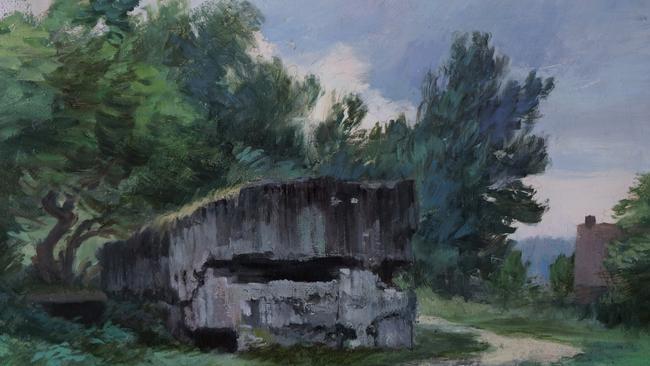
I was fortunate to know my other grandfather, my mother’s father, for most of my adolescent years. Maitland Richard Stanley Paine (1896-1975) was a cultivated man who had once had a fine baritone voice and who still, when I knew him, recalled long passages of Shakespeare by heart. He had taken a copy of the plays with him to the trenches of the Great War; a fellow soldier painted a watercolour of the troopship that carried them to France on the flyleaf. His small library also included most of the great English poets, as well as Homer, Marcus Aurelius and other authors.
Stanley enlisted in 1916 and was nearly killed in a gas attack in 1917. He describes the events of that day in a remarkable letter written to his father in early 1918, several months after the battle. It is a touching document by a young man with a zest for writing who manages to convey a vivid image of the reality of trench warfare while downplaying, for his father’s benefit, the suffering that he had personally endured. My wife, Michelle Hiscock, one of a group of contemporary artists who painted on the Western Front last year and whose work is represented in the new exhibition Salient, read Stanley’s letter to her fellow painters when they were standing at the site itself.
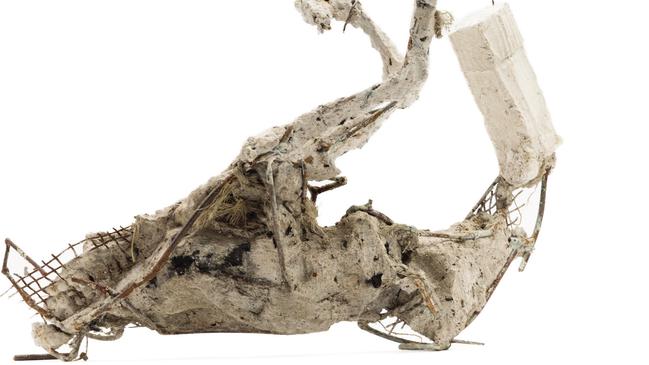
On the 12th (of October) the great attack before Passchendaele took place, and we, with all the other troops, were badly cut about. I don’t like to say much about this day, and it would have broken your heart to have seen our lads lying about after the attack. Getting the wounded out was terrible work, as it was necessary to go through miles of mud to get back to the first aid posts. My God, this was a sorry business. The shelling everywhere was red-hot and had been before the attack. All day on the 12th the sky rained a hell on the earth, and this was only part of the affair. Machine guns, bombs and rifles took a heavy toll … There were no duck-boards or tracks, just straight into the mud. Every few yards we had to stop to pull someone out of it.
On the following day, Stanley and his companions were relieved, but his gas mask was lost in the confusion of pulling out. As they withdrew a mustard gas attack struck them, and he had no mask.
Ultimately I got one, but it was too late, for the mustard gas had got me properly … Afterwards, I’d rather not say anything about it … But I’m going back to France again. After being gassed I lay on a stretcher at a Canadian Clearing Station for ten days at Peperinghe, then for three days at the Third Australian General Hospital at Boulogne, thence across to Dover and on to Chester, where my good constitution pulled me out of hospital in four months. But one does not soon forget what one sees in France, and when I get out of this camp, and things generally are a lot better with me than at present, I’m going back. They often call for volunteers to fill up the drafts going to France, so you may depend I’ll squeeze in somewhere.
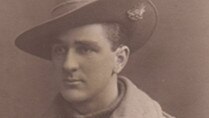
Stanley’s physical constitution was indeed strong: the doctors in England had warned him that his lungs were so badly damaged that he would be unlikely to live past 40, but he ended up dying a few days before his 79th birthday. In that respect, he was more fortunate than Tubby; but the psychological injuries that he suffered proved more grievous in the longer run, blighting the remainder of his life. Like most veterans of war, he rarely spoke about his experiences, but among all the horrors that he witnessed, it seems that he was particularly scarred by killing a young German soldier of his own age in hand-to-hand combat with a bayonet.
During his convalescence, Stanley was haunted by nightmares. He had a recurring dream in which he was fighting a German soldier who had him by the throat and was strangling him. The psychologist advised him to fight back, and that night he dreamt he was in turn strangling the German, clasping his hands in his sleep in a desperate struggle until he snapped his own thumb and awoke in blinding pain.
But that was not the end of it. Although he was professionally successful after the war, the trauma he had endured left him with deep anxiety and he suffered a series of crippling breakdowns throughout my mother’s childhood; he was too ill to attend her wedding. He was eventually on medication that controlled the anxiety but left him somewhat remote. He would read until late in the night and when we stayed with them in the country I would sometimes find him in the kitchen, making himself a glass of rum and milk beside the old wood stove, if I was also reading late; we had long talks, but seldom about the war.
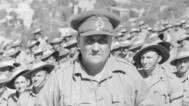
The experience of war is not easy to talk about without falling into sentimentality, banality or disingenuousness. Like the experience of death, to which it is so closely related, it is the encounter with a kind of absolute beyond words. As far as art is concerned, several approaches were taken by Australian war artists at the time, from reconstructing the action of a battle to allegorical evocations of sacrifice and finally simple depictions of the battlefields themselves.
Even in the earliest depictions of battlefields, such as Streeton’s Mount Saint-Quentin (1919), we are struck by the strange peace that has descended on places that were so recently scenes of unimaginable carnage. When artists visit these places today, a century after the war, it is above all the spectacle of regeneration that is remarkable. Humans do not regenerate in the same way as nature; they die and are succeeded by others, who must strive to recall the experience of their forefathers. The artist, communing with the present life of nature and its perennial force of renewal, simultaneously remembers the folly, tragedy, courage and sacrifice of a humanity long perished, yet whose bones remain scattered throughout this earth.
Salient: Contemporary Artists at the Western Front, is showing at the New England Regional Art Museum until June 3; then Bathurst Regional Art Gallery, August 10 to October 7; Anzac Memorial, Sydney, October 22 to February 17, 2019; Bank Art Museum Moree, March 5 to April 29, 2019; Muswellbrook Regional Arts Centre, May 11 to June 30, 2019; Tweed Regional Gallery, November 21, 2019, to February 16, 2020. Paintings and drawings from The Western Front - Michelle Hiscock, Australian Galleries online exhibition.

